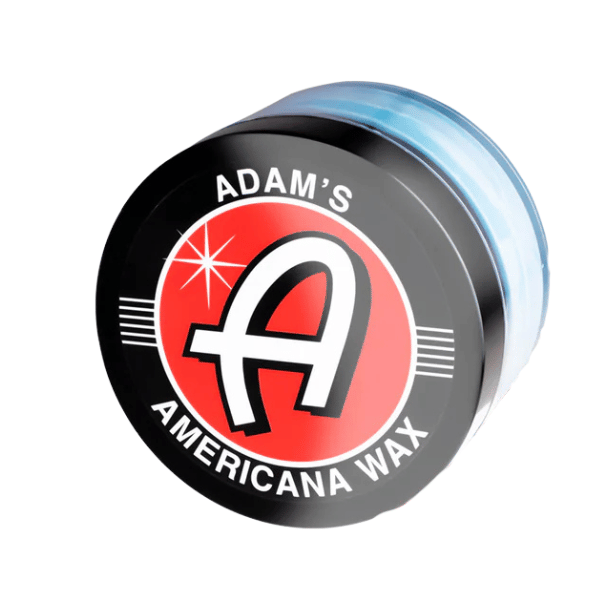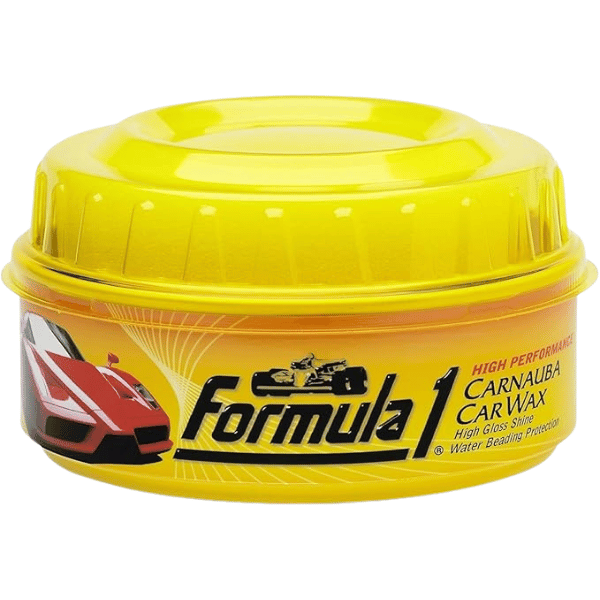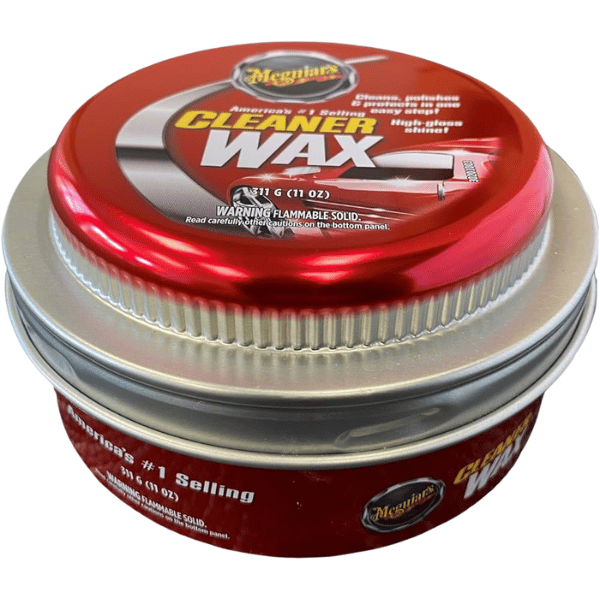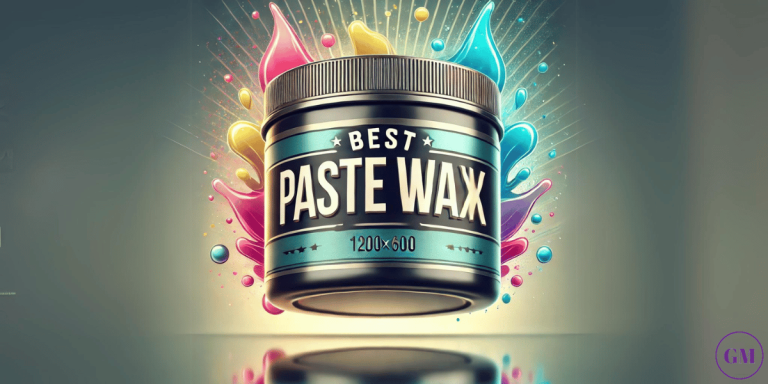What Is Carnauba Wax ( Best 2024 Car Wax Article )

When it comes to car wax, carnauba wax holds a special place in car culture. Known for its deep shine and durable protection, it’s a favorite among car enthusiasts who want their cars to look their best. Whether you’re prepping for a car meet or just want to protect your paint, this natural wax has been a go-to choice for decades for anyone that knows How To Wax A Car. Let’s break down what makes carnauba wax stand out and why it’s worth considering for your car and finding out What Is Carnauba Wax.
Our Top Choices
Why Choose Carnauba Wax
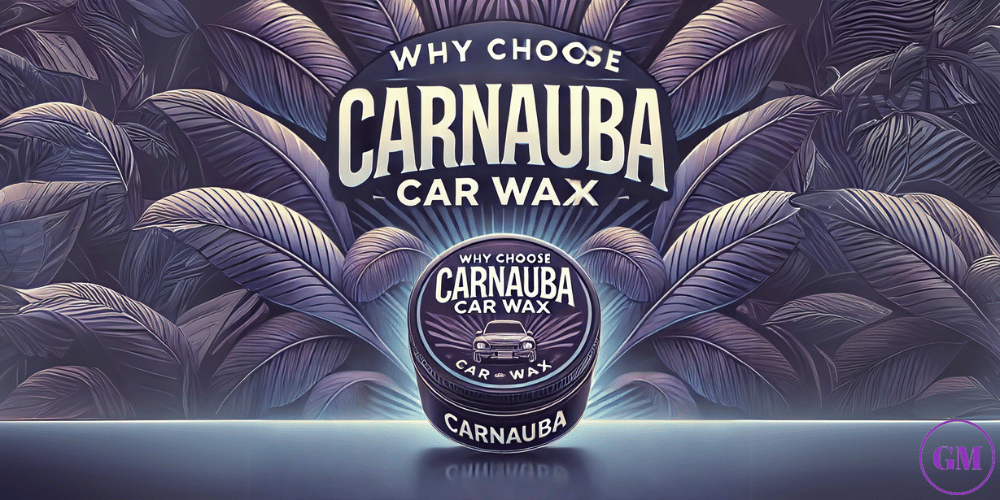
Carnauba car wax is a favorite in car care for good reason. Made from natural carnauba palm leaves, it’s known for its rich shine and protective qualities. Here’s why carnauba-based waxes might be the perfect choice to add to The Must Have Car Cleaning Products List from the best car wax manufacturers.
Benefits of high quality Carnauba Wax
- High Gloss: It gives your car a warm, mirror-like shine that other waxes can’t match.
- Natural Protection: Shields paint from UV rays, water spots with a durable layer and makes cleaning easier specially stuff like dirt and bird droppings.
- Hydrophobic Properties: Helps water bead up and roll off, keeping your car cleaner longer.
- Healing Affect: Helps with filling in light scratches, and swirl marks. Does not fix the issue but does help with those easy scratches and swirl marks.
Carnauba-based waxes are ideal if you value appearance and want a classic glossy look. While synthetic waxes might last longer, they can’t deliver the same depth of shine. If you enjoy car culture or work in the automotive industry and want a vehicle to stand out, carnauba is the way to go. It’s a bit more work to apply, but the results are worth it.
What Is Carnauba Wax Made From
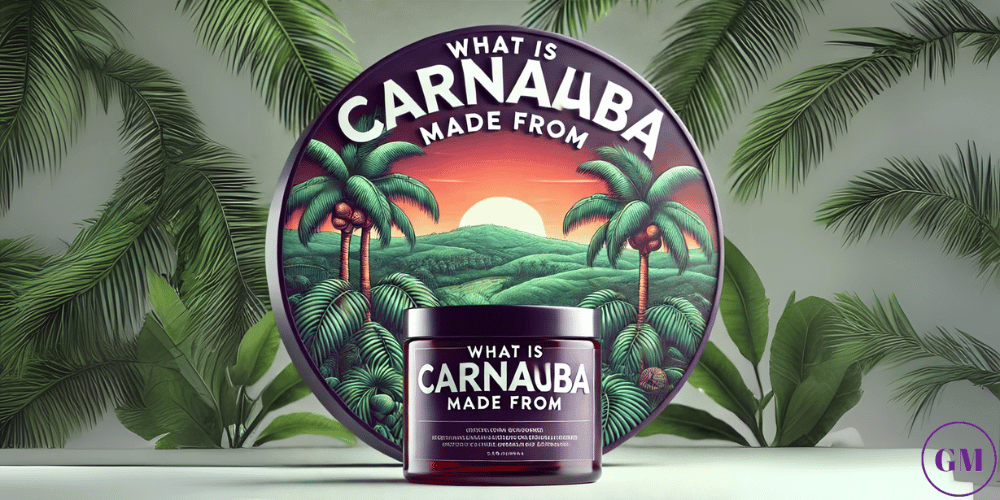
Carnauba wax often called brazil wax comes from the leaves of the carnauba palm tree, which grow in northern Brazil. The tree produces a natural waxy coating to protect its leaves from the sun’s heat and water loss. This wax is harvested by carefully drying and beating the leaves to release the wax flakes.
The flakes are then melted and filtered to remove impurities. After processing, the wax becomes the hard, golden material used in many products, including car wax. It’s valued for its natural shine, water resistance, and ability to protect surfaces, especially cars with just a thin layer. Carnauba wax is the hardest natural wax available, with a melting point of around 82-86°C (180-187°F).
Fun fact: Carnauba wax is so safe it’s also used in food and cosmetics, like candy coatings, dental floss, lipstick, and more like furniture wax! But when it comes to cars, it’s the go-to choice for a glossy, show-ready finish.
How Long Does Carnauba Car Wax Last?
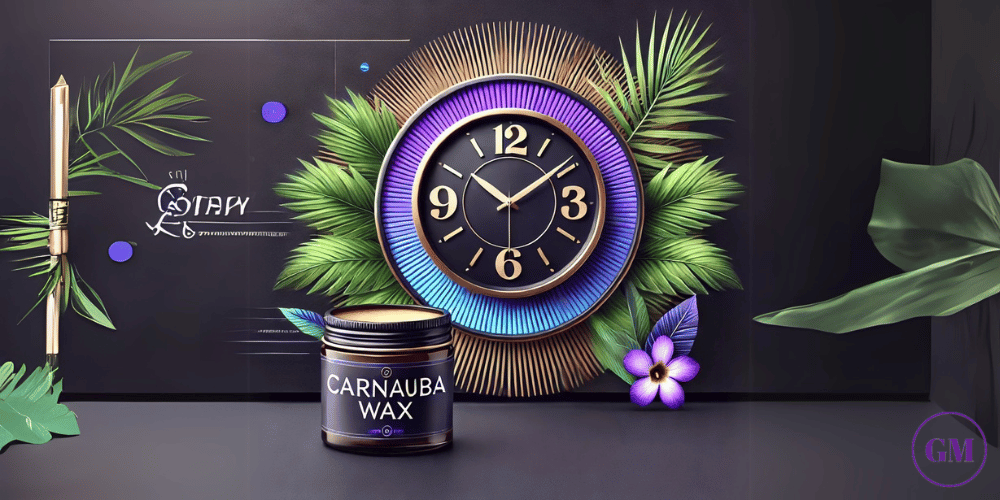
If you’re wondering, How Often Should You Wax A Car or apply carnauba wax, the answer is every 6 to 8 weeks to maintain its shine and protection.
If you drive through rain, snow, or dusty areas, you might need to apply carnauba wax more often. For cars parked in garages and driven less frequently, it might last a bit longer. Keep an eye on the water beading on your car’s surface. When it stops, it’s time to grab that wax tin again!
Car Wax Materials
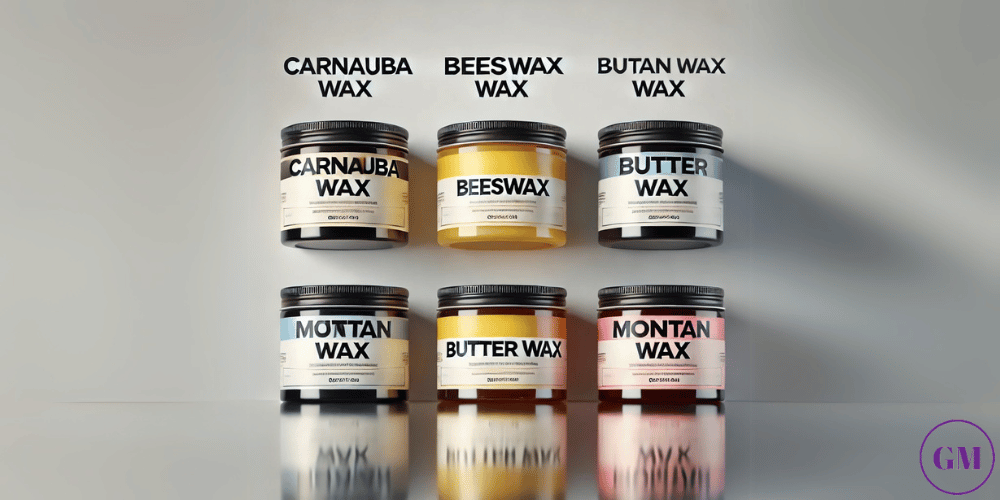
Choosing the right car wax can make your vehicle shine and stay protected or even help with light scratches. Here’s a quick look at some common types to use on the entire car:
- Carnauba Wax: Sourced from Brazilian palm leaves, this natural wax gives a deep, glossy finish. It’s like sunscreen for your car, shielding it from the sun’s rays. high Melting temperature: 82–86°C (180–187°F). Known for its high melting point, which makes it durable in hot climates.
- Beeswax: Produced by honeybees, beeswax offers a warm, rich shine. It’s often mixed with other ingredients to make application smoother. Melting Point: 62–64°C (144–147°F). Lower than Carnauba, it’s softer and easier to work with.
- Butter Wax: Known for its creamy texture, butter wax is a soft wax and is easy to apply and leaves a soft glow. It’s great for quick touch-ups when you’re short on time. Melting Point: Varies (typically soft and creamy, no set range). Butter Wax is usually a blend of softer materials, so it doesn’t have a defined melting point like natural waxes.
- Montan Wax: Extracted from lignite coal, montan wax is hard and durable. It provides a strong protective layer, keeping your car’s paint safe from the elements. High Melt Point: 82–95°C (180–203°F). Similar to Carnauba, it’s hard and durable, with a high melting point.
There are also other types of synthetic waxes and other natural waxes that are amazing for your car’s paint job but we are mostly talking about applying carnauba wax.
Types Of Car Wax
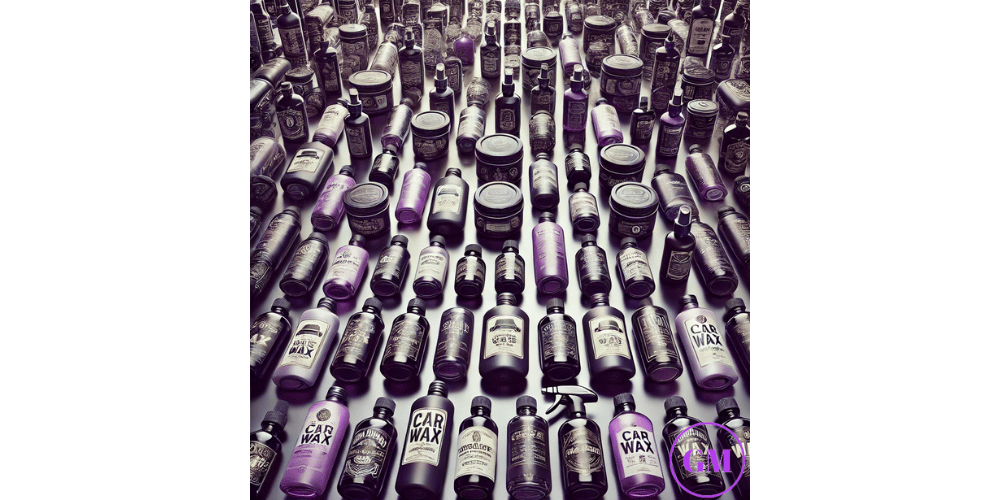
In car culture, picking the right type of wax is as important as the wax itself. Different formats fit different needs, whether you’re after speed, durability, or a perfect shine or a little protection from uv rays. Here are the main Types Of Car Wax for the entire car for applying carnauba wax.
- Spray Wax
- Liquid Wax
- Paste Wax
Spray Wax
Spray wax is quick and easy to use. It’s perfect for touch-ups and adds a nice shine, but it doesn’t last as long on the car’s paint as other types.
Liquid Wax
Liquid wax is a good middle ground. It’s easier to apply than paste wax and lasts longer on the car’s paint than spray wax. It’s great for regular maintenance.
Paste Wax
Paste waxes gives the best shine and protection. It’s thick and lasts longer on your car’s paint, but applying it takes a bit more effort.
Final Thoughts On What is Carnauba Wax
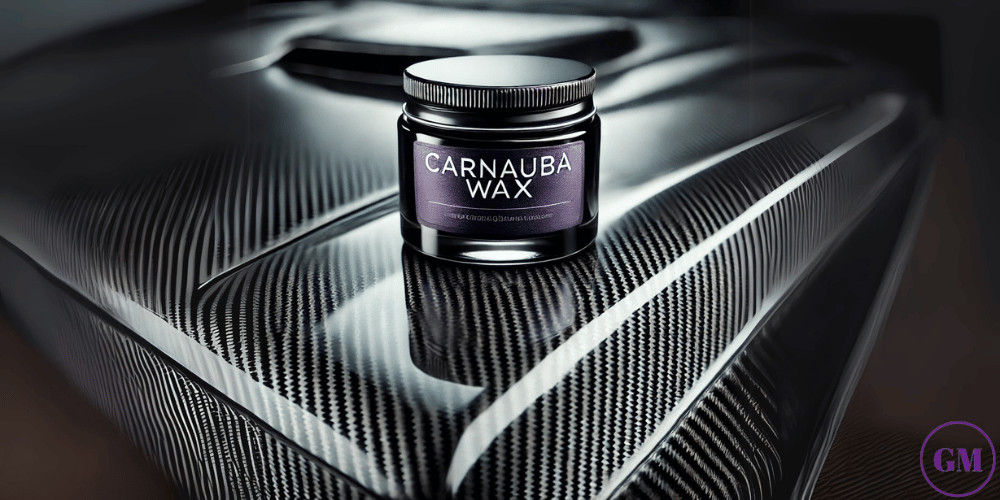
Carnauba waxes are a must-have for anyone serious about car care. They provide unmatched shine and reliable protection, making them a staple in car culture. Your car will look its best and stay protected for the long haul using carnauba waxes. Whether you’re maintaining your daily ride or preparing for a show, carnauba wax is always a winning choice might even be The Best Wax. Now that you know all about carnauba car waxes feel free to read our article on The Best Car Accessories to help you customize your car.




